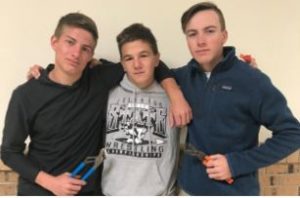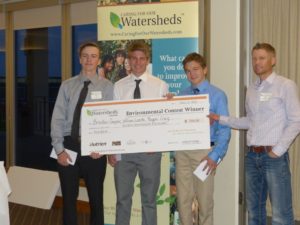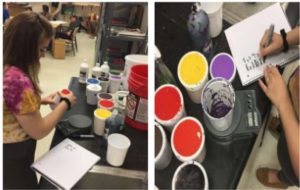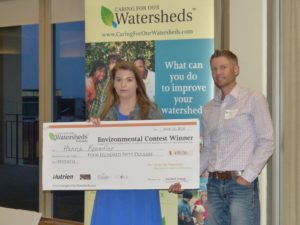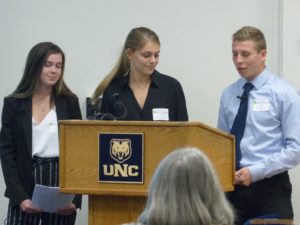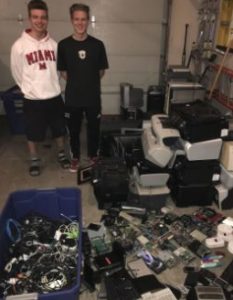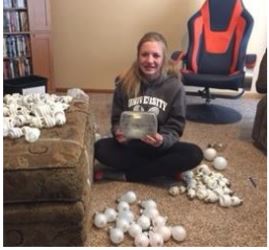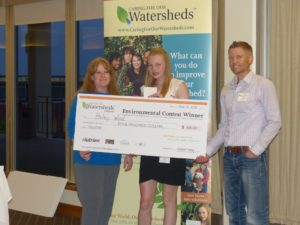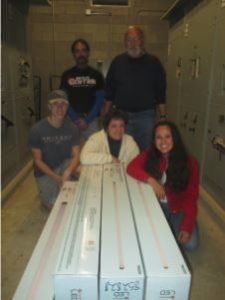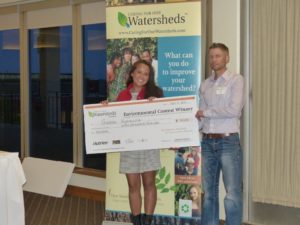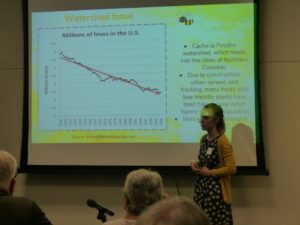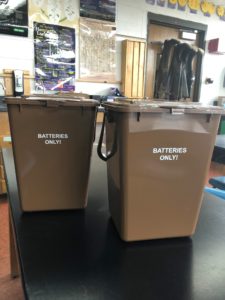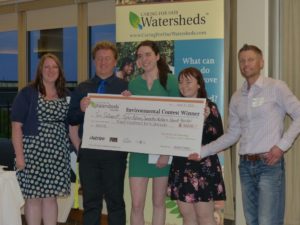
2019, Greeley Central High School, Greely, Colorado, USA
Emma Lackey, Rachel Feinstein
Emma and Rachel were concerned that plastic bags were harming their watershed. Plastic bags get caught in storm drains and make their way into our watersheds. These plastic bags also contain dangerous chemicals that leach into our water sources. Emma and Rachel calculated that approximately 28 million plastic bags are used in Greeley every year. That’s why they decided to educate the public on the harmful effects plastic bags has on our watersheds. They also distributed reusable bags to help the public combat this issue in their daily lives. Emma and Rachel set up booths outside grocery stores to talk to customers, educate them on the problem, and ask them to use the reusable bags they were handing out. Emma and Rachel also managed to raise an additional $2,000 for their project.


